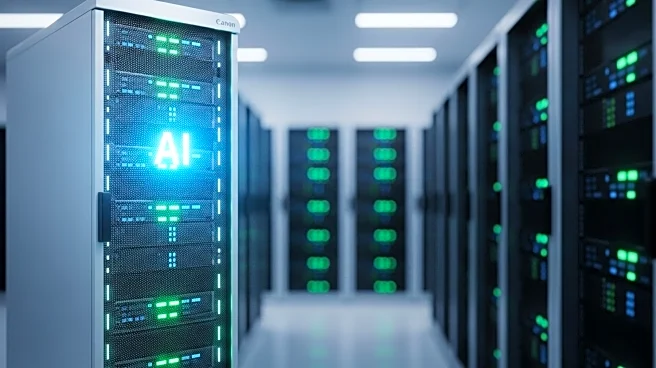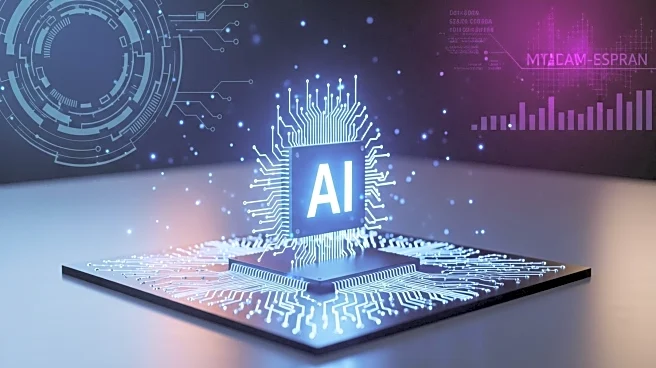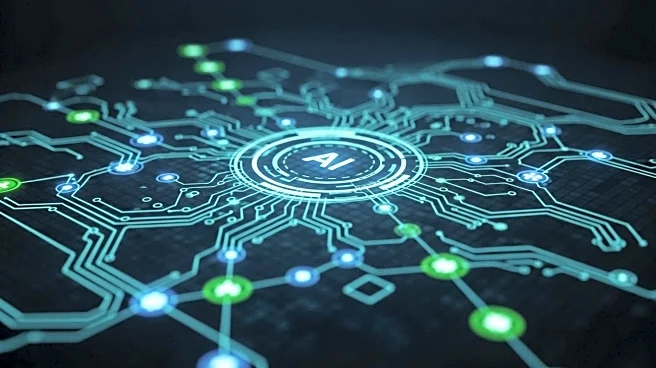What's Happening?
A study discussed in the Harvard Business Review reveals that AI-generated 'workslop' is causing frustration among U.S. workers. Defined as AI-created content that appears polished but lacks meaningful substance, workslop is reported by 40% of surveyed employees. This low-quality output requires recipients to spend additional time verifying and correcting information, leading to inefficiencies. The study highlights that workslop constitutes about 15.4% of workplace content, with recipients spending nearly two hours dealing with each instance. The phenomenon is prevalent across industries, particularly in professional services and technology, and is attributed to unclear AI mandates within organizations.
Why It's Important?
The prevalence of workslop underscores the challenges of integrating AI into workplace processes. While AI has the potential to enhance productivity, its misuse can lead to increased workloads and decreased trust among colleagues. The study suggests that workslop shifts the burden of work downstream, requiring recipients to interpret and correct errors. This not only impacts individual productivity but also affects organizational efficiency and morale. Addressing these issues requires clear guidelines and a strategic approach to AI use, ensuring that technology serves as a collaborative tool rather than a shortcut.
What's Next?
To combat the negative effects of workslop, organizations are encouraged to establish clear AI usage policies and promote a 'pilot mindset' among employees. This involves using AI to enhance creativity and achieve specific goals, rather than relying on it to avoid work. Leaders are advised to model thoughtful AI use and set guardrails around acceptable practices. By fostering a culture of collaboration and intentional AI application, businesses can reduce the negative impacts of workslop and maximize the benefits of AI technology.
Beyond the Headlines
The issue of workslop highlights broader ethical and operational challenges in integrating AI into workplaces. It underscores the need for organizations to balance technological advancement with human-centric approaches to work. As AI continues to evolve, businesses must navigate the complexities of AI-human collaboration, ensuring that technology serves to enhance rather than replace human effort. This requires ongoing dialogue and adaptation to maintain trust and efficiency in increasingly AI-driven environments.










